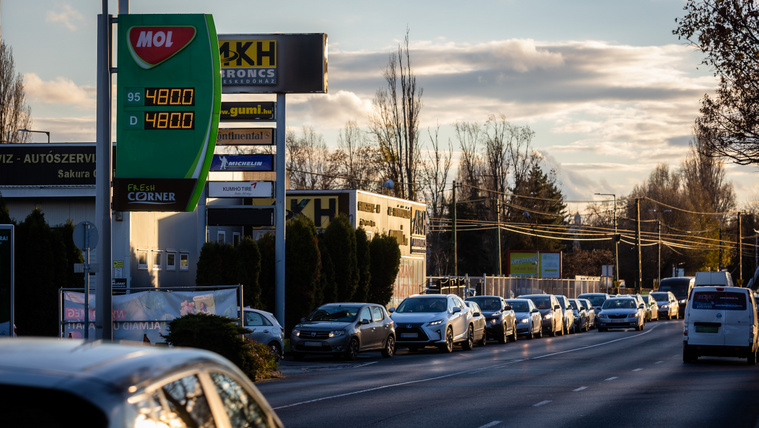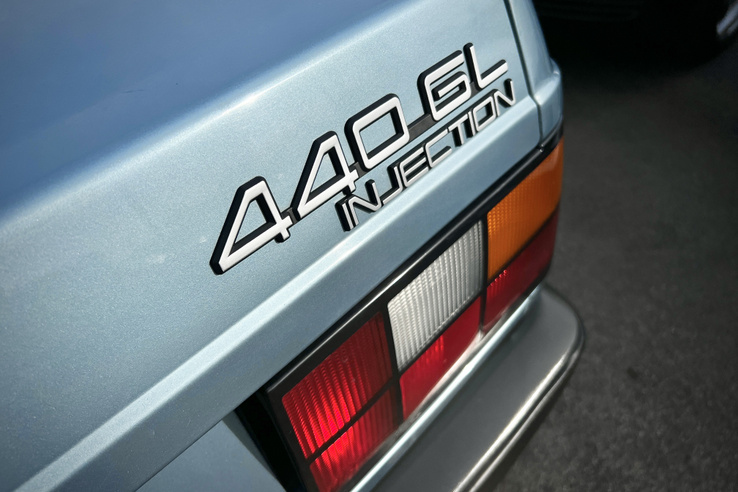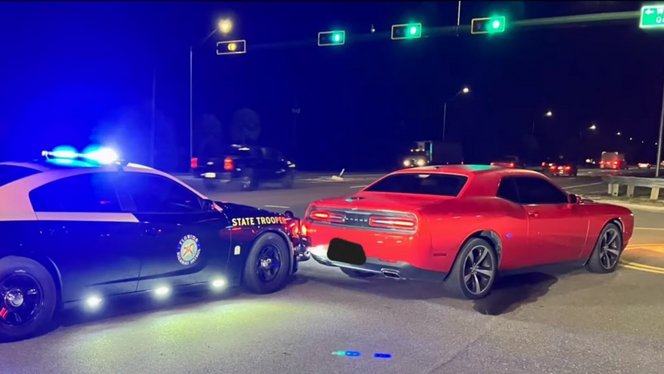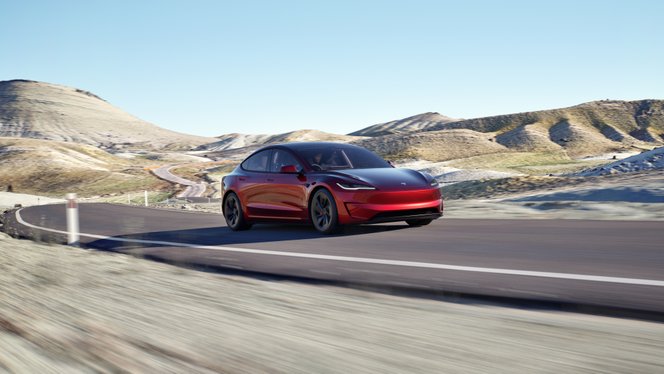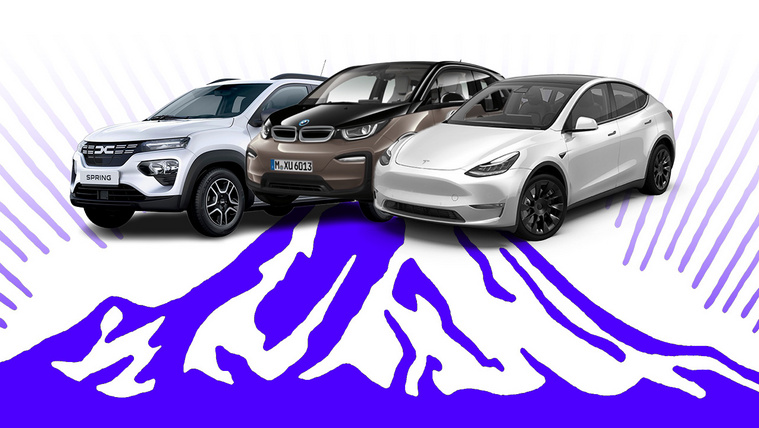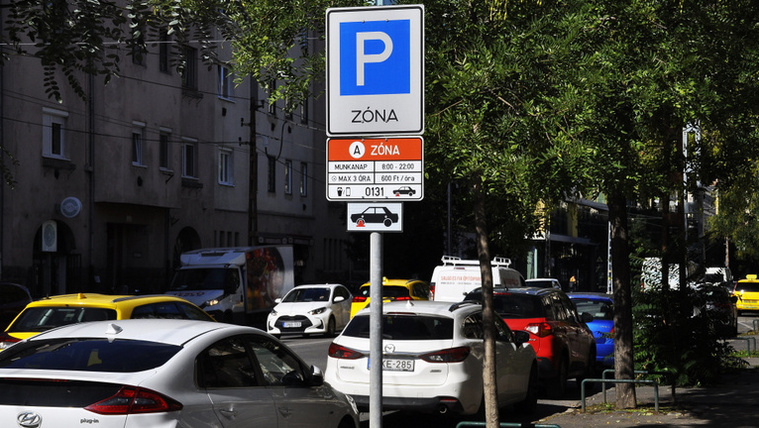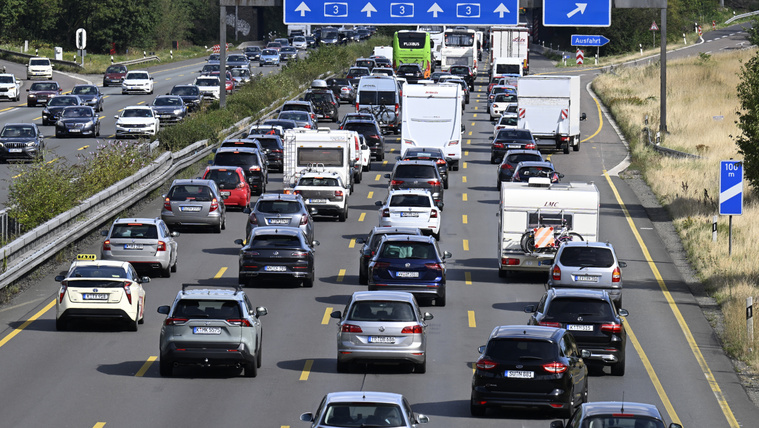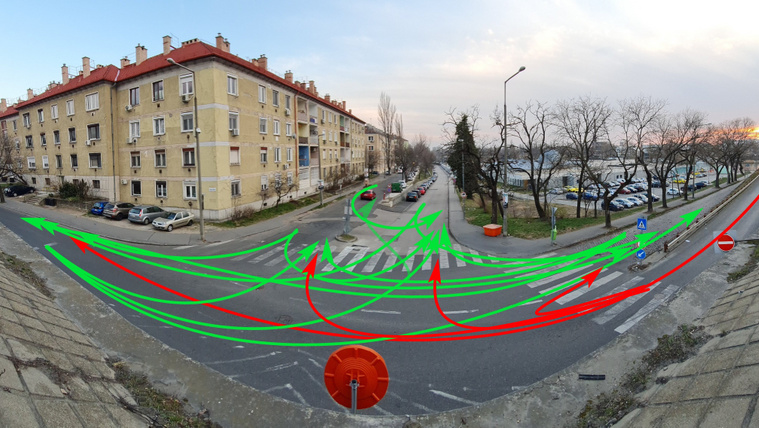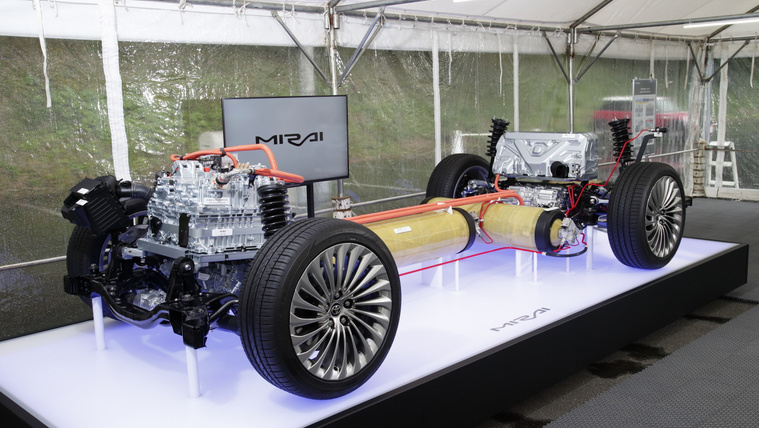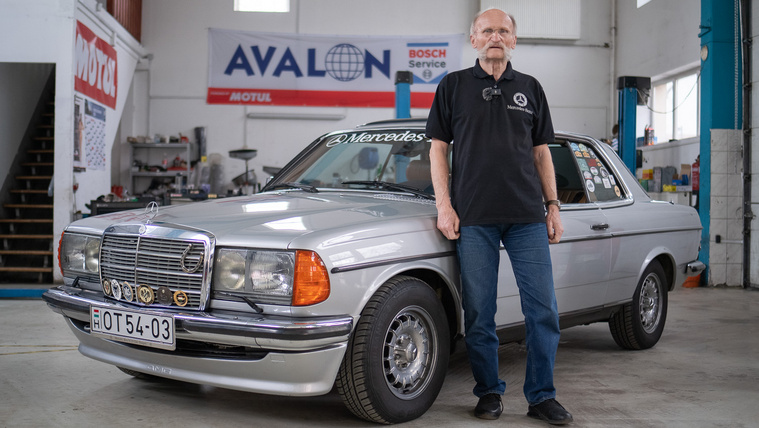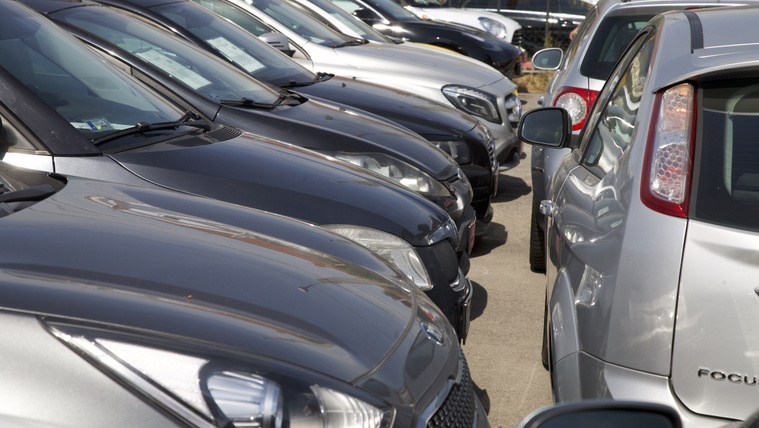Két hetet kapnak a benzinkutak.
Régóta kértetek egy tempósabb, aszfaltos vezetéstechnikai tréninget, most megcsináljuk, és már jelentkezni is tudsz!
Picit más, mint a franciáké. De csak egy picit.
Különleges technikai megoldásokat rejt és pokolian erős. Minden adott ahhoz, hogy jó terepjáró legyen.
Jelenleg két PSE modell van, amiből csak az egyik utcai autó.
Az autó hirtelen nekicsapódott a szalagkorlátnak, a tetején pörögve állt meg.
- Totalbike
Megvették a Morbidelli nevet az MBP-nek
Kis pénz, kis foci - így fest ma a kilencvenes évekbeli középosztály álma a nyugati autógyártás fénykorából.
